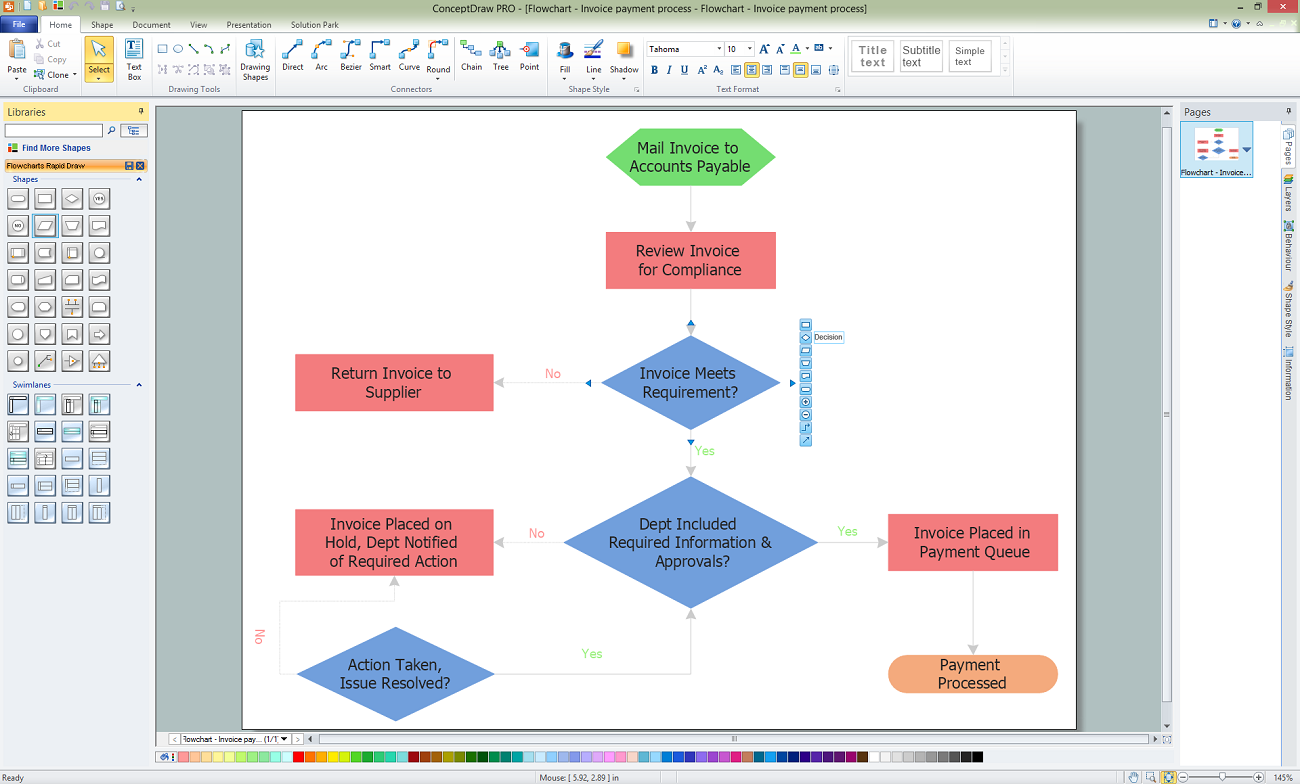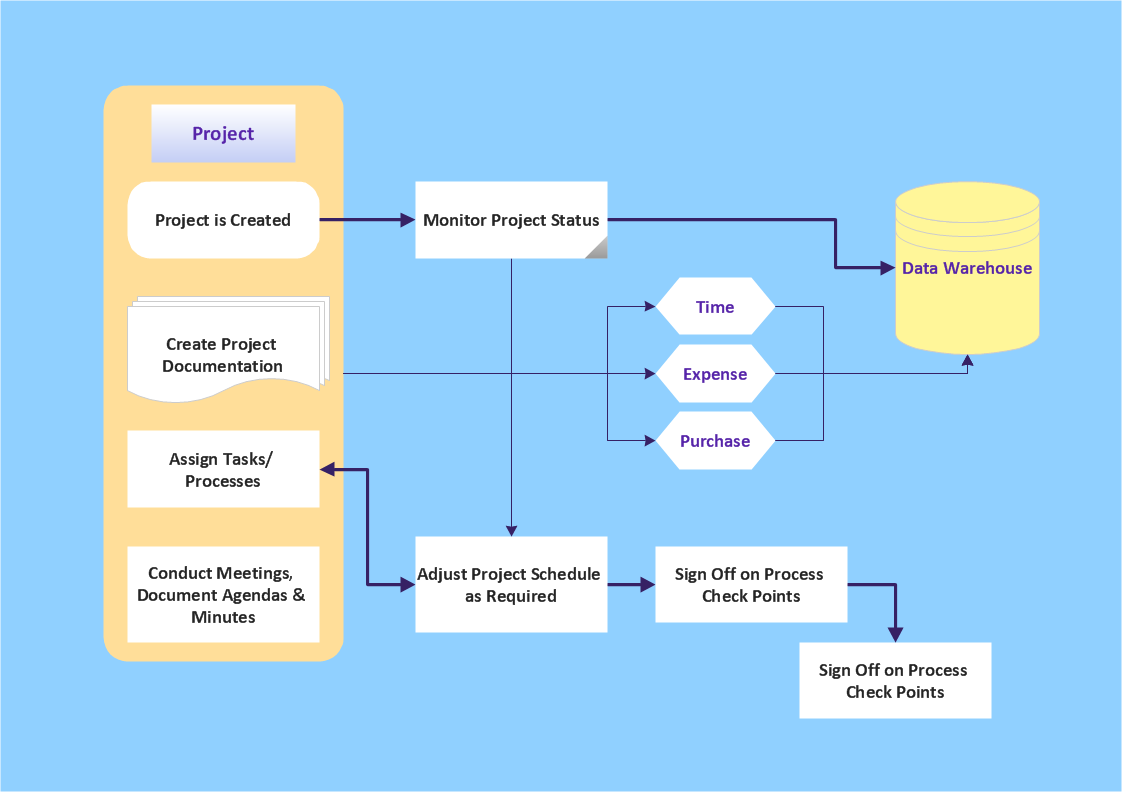


When all activities are included and everyone agrees that the sequence is correct, draw arrows to show the flow of the process.Arrange the activities in proper sequence.

Brainstorm the activities that take place.Discuss and decide on the boundaries of your process: Where or when does the process start? Where or when does it end? Discuss and decide on the level of detail to be included in the diagram.Write its title at the top of the work surface. Materials needed: Sticky notes or cards, a large piece of flipchart paper or newsprint, and marking pens. When better communication is needed between people involved with the same process.To communicate to others how a process is done.To develop understanding of how a process is done.It's a common process analysis tool and one of the seven basic quality tools.Įlements that may be included in a flowchart are a sequence of actions, materials or services entering or leaving the process (inputs and outputs), decisions that must be made, people who become involved, time involved at each step, and/or process measurements. It is a generic tool that can be adapted for a wide variety of purposes, and can be used to describe various processes, such as a manufacturing process, an administrative or service process, or a project plan. Variations: macro flowchart, top-down flowchart, detailed flowchart (also called process map, micro map, service map, or symbolic flowchart), deployment flowchart (also called down-across or cross-functional flowchart), several-leveled flowchartĪ flowchart is a picture of the separate steps of a process in sequential order. Also called: process flowchart, process flow diagram


 0 kommentar(er)
0 kommentar(er)
